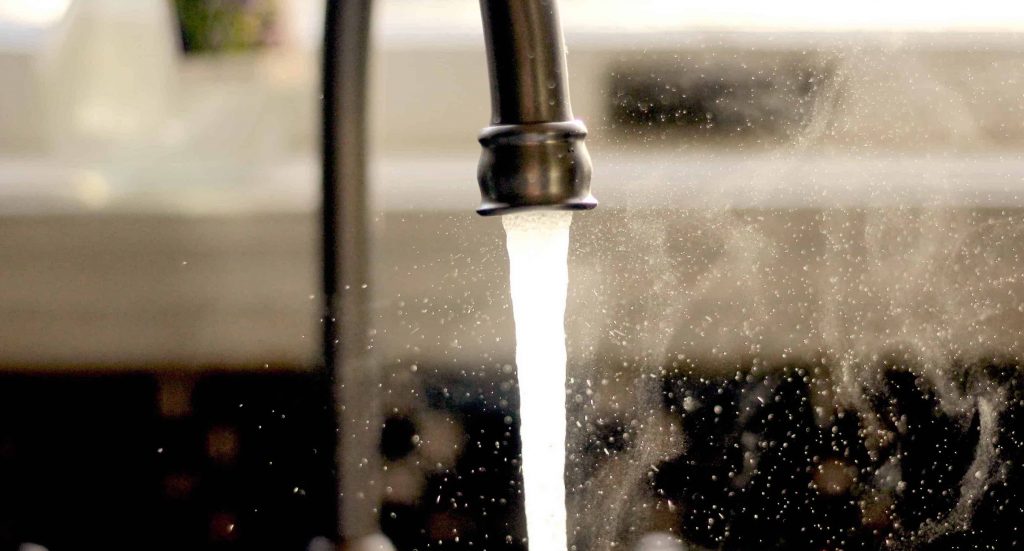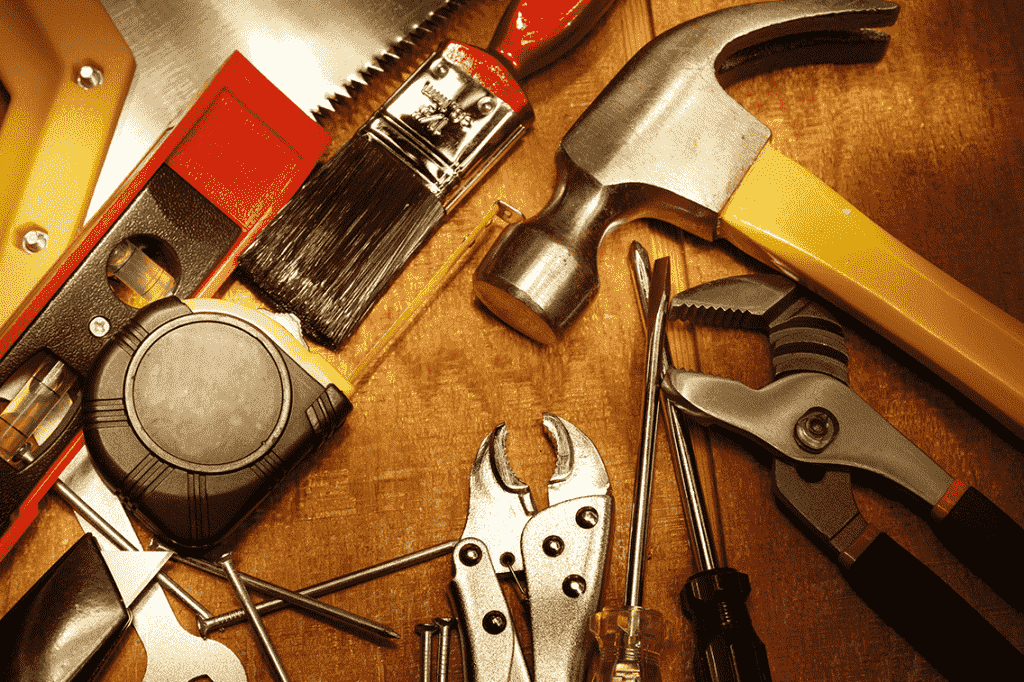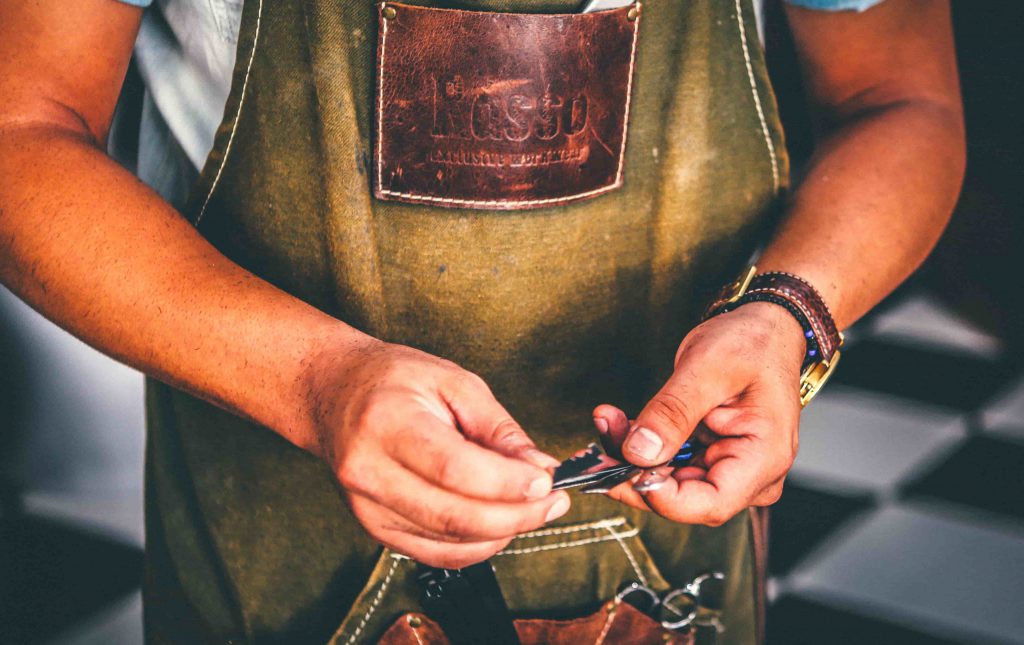Stairs and railings are not only the connecting link between different levels of your home, but they are also part of the essential aesthetic and decorative aspect of your home.
If your house has multiple floors, upgrading your stairs may be an excellent way to improve the overall look of your house, and may increase the value of your home with the right choices. Like most things in life, stairs and railings wear and tear over time, and it may cause serious security and safety concerns.
If you happen to have weak stairs or loose stairs and railings, we recommend you change your stairs and railings as soon as possible as they might lead to severe injuries.
When it comes to designing and planning, you may need to seek consultation from interior designers or other experts such as carpenters who can give you advice on the type of stairs that is the best for you. Several factors affect the cost of your stairs and railing installation and repair, and an important one will be the complexity of the layout of the stairs.
Simple straight stairs hung flush against a wall will be much cheaper and more comfortable than a spiral staircase that sweeps around the centre of a room to install and fix. You can find stairs installation companies on Homees today.
Common questions about stairs and railings
What is the average cost of a staircase?
The average cost of a staircase is heavily dependent on the material you choose for your staircase. For instance, a glass staircase, which is popular in contemporary homes, will cost more than a concrete staircase, which is a common aesthetic for a home with an industrial interior design.
Other factors that affect the cost are the number of steps in the staircase as well as the stair design. Naturally, the greater the number of steps, the more costly the price, whereas for stair design, some designs require more materials and careful work, which would bump up the cost.
On average, the number of steps needed for stairs to bridge the distance between two floors is 12 to 13. Based on a 12-step staircase, then, the average cost of a staircase would be as follows:
- Concrete stairs: S$2100
- Metal stairs: S$2600
- Wooden stairs: S$4000
- Glass staircase: S$7600
How much does it cost to have your stairs renovated?
While renovation often brings to mind projects like a home renovation or a kitchen renovation, you can also redo or renovate your stairs, which some homeowners may choose to do if they want to change the look of their stairs.
Renovating your staircase can include replacing the entire staircase, refining the surface of the steps, replacing certain parts of the staircase, like the railings, or a mix of all three. The cost then depends on the size of your staircase renovation project.
A simple process like replacing only one part of your staircase will usually cost around $1000 to $1500, while a complete renovation or renewal would cost anywhere from $10 000 to $15 000. On average, the price of renovating your staircase can cost anywhere between $1000 to $15 000.
Do take note that some companies may charge a minimum fee for labour charges, due to the skill and work needed when it comes to staircase renovation. Hence, to avoid busting your budget for your home renovation project, it is recommended that you call the company beforehand to check.
Hire Stairs & Railings Experts
Is it better to have carpet or wood on the stairs?
Carpeted steps and wooden steps have their fair share of pros and cons. When it comes to wood flooring, wood flooring can generally give your home a cosy and sleek appearance, which makes it popular for interior designs like Scandinavian interior design and MUJI interior design.
However, when used on stairs, it can be slippery and provides very little cushion from any falls or impacts. Hence, wood stairs may not be recommended for homes with elderly members, or children. It also provides little sound absorption, making it less suitable for homeowners who are light sleepers.
On the other hand, carpeted stairs provide better sound absorption and cushioning in the event of a fall. Do take into account how thick the carpeted stairs should be, as a carpet that is excessively thick will lead to the chances of tripping instead.
What is the best colour for stairs?
Stairs can make a significant visual impact in your home, so the choice of colour is important. Some popular colours to accommodate the interior design of your home includes:
white
A white staircase can create a crisp and clean look that is perfect for a minimalist interior design or modern interior design. By utilising light colours when picking a colour scheme in your interior design, the staircase can also visually enhance the home and make the space look much larger than it actually is.
Green
While green sounds like an unconventional colour, a deep green staircase can create an attention-grabbing focal point for your home that could match some of the top interior design trends. You can choose a darker shade of green for your stairs to tone down the eccentricity. Otherwise, embrace the wildness of eclectic interior design by picking a more eye-catching shade.
Gray
Some people may worry that a dark-coloured staircase can cause their homes to look overly dark, gloomy or cramped. However, dark-coloured furniture in interior design is known to add weight and depth to the spaces of your home. If black seems too much for your stairs, opt for a lighter shade like grey, which can still help to ground your home to add a sense of mystery and luxury.
Types of Stairs
There are two types of stairs that you can choose from interior and exterior stairs. Interior stairs are stairs that go up to the highest and lowest floors of your house.
Exterior stairs include stairs that go to your porch, your deck or your patio. The place you decide to build your stairs dictates which materials are best to use.
Interior Stairs
Interior stairs are usually made out of wood. As your staircase will affect the look of your house, they will incorporate stains, varnishes, mouldings and other carpentry finishes.
It is best to have your staircases suit the theme of your house to not have to contradict themes in your home, which might ruin the overall look of your house.
Do note that your staircase has to comply with the Building and Construction Authority (BCA) guidelines. Hence your staircase has to follow these few points. Staircases must comply with BCA (Building and Construction Authority) guidelines:
- They must have handrails or guides to assist movement, landings to break a fall and provide a place for rest, sufficient headroom to avoid injury and barriers against falling from a height of one metre or more from an open side.
- The width of a staircase should be more than 90cm, the height of a riser (the vertical part between one step and the next) less than 17.5cm, the width of a tread (the vertical component on which you step) more than 22.5cm, and risers and treads within each flight of stairs should be of a uniform height and size.
- Handrails should be provided on at least one side of the flight of stairs, and the height of the handrail shall be between 75cm and 90cm above the pitch line (the imaginary line along the tip of the nosing of the treads).
Exterior
Exterior stairs are usually made out of concrete, stone, wood or other weather-resistant material. If the wood is used, it should be able to withstand the temperatures and conditions of the outdoors.
The cost of your exterior stairs depends on the materials used, run the length of the stairs and the height that it needs to be.
To have a better estimate of the price, ask stairs installation professionals for quotations as some codes might require handrails.
Materials and Style
The material used will determine the type of stair you intend to install. Some materials will suit certain conditions better than others. The most common materials used are wood, concrete and metal.
You can ask a few interior designers in Singapore for the best ideas on how the stairs can tie in with your entire home design – including the kitchen, living room, and bedroom.
Wood
Most interior stairs are made out of wood due to the look that it gives your house. In Singapore, due to coming in full and long planks, teak and oak stair boards are commonly used.
Concrete
A common choice for exterior stairs is concrete. Although it requires sealing every year, concrete is a very durable material and is appropriate for stairs that are heavily utilised and exposed to the elements.
Metal
Metal stairs are mostly seen only in the industrial setting. However, once in a while, you do see the classic spiral metal stairs in a house.
Styles of Stairs
The style of the stair should not only be chosen to fit the look of your house but also the space of your room. These are the common forms of stairs that you should consider.
Straight
Straight stairs are the easiest to design and build. An uninterrupted flight of stairs that goes from one floor to the next requires room, however.
This type of stairs is not commonly found in a modern house due to space and safety reasons. A fall from the upper stairs could lead to severe injuries.
L Shaped
The L shaped stairs are a more trendy style in modern houses not only due to their safety aspect but also the privacy that it provides for the upper floors. There is a landing at one point providing a 90-degree turn, hence giving the L shaped look. A fall on this type of stairs means that you should only fall as far as the next lower landing.
U Shaped
The U shaped stairs have a similar form and function (safety and privacy) as the L shaped stairs but have a 180-degree turn instead of a 90-degree turn. This is made possible through either a single, full landing or a smaller second landing at a different level from the first.
Spiral
Spiral stairs are excellent for narrow or confined spaces. These stairs often rise in a circle around a central pole, although this is not compulsory.
Winder
Winder stairs are a blend of both straight and L shaped stairs. Instead of having a flat landing, the steps continue to curve. These stairs can bend either 90 or 180 degrees.
Arched
Arched stairs curve steadily for 90 degrees. The turn is not as tight as the spiral stairs but has a larger footprint. These stairs do require a lot of space and are generally only found in larger houses.
Floating
Floating stairs are anchored firmly into the wall but have no visible support under them.
Demolition of Old Stairs
The cost of demolishing your old stairs varies depending on the material and construction type. Do consult a contractor, handyman or demolition specialist to get a quotation to get an estimate.
Perhaps demolishing may be too strong of a word as “dismantling” may be a more appropriate word. There are a few ways to do so without damaging your house.
- Remove everything attached to the walls.
- Remove railings.
- Remove tack script and carpet. (if present)
- Remove the risers and threads.
- Remove the stringer (only if you are removing the entire staircase).
If you are just remodelling the staircase, you might be able to leave it as long as it is not damaged. Stairs are a structural component of your house and should only be moved after making sure that doing so will not compromise your house’s structural integrity.
Handrails/ Railings Cost
The price of your handrails depends on the length and materials used. Other factors include the time and complexity of the installation.
As the BCA guidelines states, you have to install handrails when putting in stairs. Handrails provide a handhold to prevent you from falling while at the same time serving as an accent piece to your eye-catching staircase.
Materials of Handrails
There are several common materials that you can choose from regarding your handrail: wood, steel pipe, composite or Vinyl, aluminium, wrought iron and glass.
Wood
Wood is the most common material used and comes in various shapes and profiles. It can also be stained or painted to match any interior that you desire. However, wood requires much more maintenance and is less durable than metal. It usually only lasts an average of 10 years.
Steel Pipe
Steel pipe is generally preferable compared to aluminium as it is sturdier and less likely to have dents, scratches and oxidation over time. Steel pipe has an estimated lifetime of 25+ years and requires maintenance every six months.
Composite or Vinyl
Composite and Vinyl railings are low maintenance, attractive and come in a variety of colours. However, both were made to mimic the look and feel of wood; composite looks more authentic. Composite and Vinyl have an estimated lifetime of 10 years.
Aluminium
Aluminium handrails are sturdy, low maintenance and long-lasting. Sometimes even having a lifespan of 50+ years. Unlike the materials mentioned before, aluminium will not rust, rot or splinter and also stays fresh despite the hot Singapore weather.
Wrought Iron
Due to wrought iron’s durability of 100+ years, some homeowners may choose it over the materials mentioned previously although wrought iron will require more funds. Its price is mainly dependent on the type of metal used, location and purpose.
Glass
Glass handrails are the most expensive option that you can choose from, but if you do have the budget for them, it could help give your house a modicum of class. It is also sturdy, durable, and easy to clean and maintain.
Common signs of broken stairs and railings
There is often many tell-tale signs of home furniture that is going to spoil and needs repair. Here are a few common signs telling you it is time to change or repair your home stairs and railings.
- Squeaking stairs. With the many parts involved in building a staircase, in addition to the constant contraction and expansions further contributing to the loosening of the joints, it is only a matter of time stairs will squeak. It means it’s time to tighten up the loose joints and to hire a professional like a renovation contractor for this job.
- Broken railings. A broken fence is usually visible and is generally easier to fix and detect than a broken stair. If the railing is cracked, your professional may be able to repair the wood in such a way that it isn’t noticeable, although it may not be as strong as it once was.
- Broken stair. A broken stair is not just the part you step on – it could be any part of the stairs, including the bottom of the internal section. Your professional will be able to take a look and detect possible unseen faults or cracks and can provide an accurate estimate of what it will take to fix your broken stair safely.
Talk to stairs and railing repair experts on Homees today.
We’re here to improve your home
Speak to hundreds of reliable pros, view their gallery, inspirations, and know the best prices with our resources.
Have full control over your home improvement projects with Homees.





